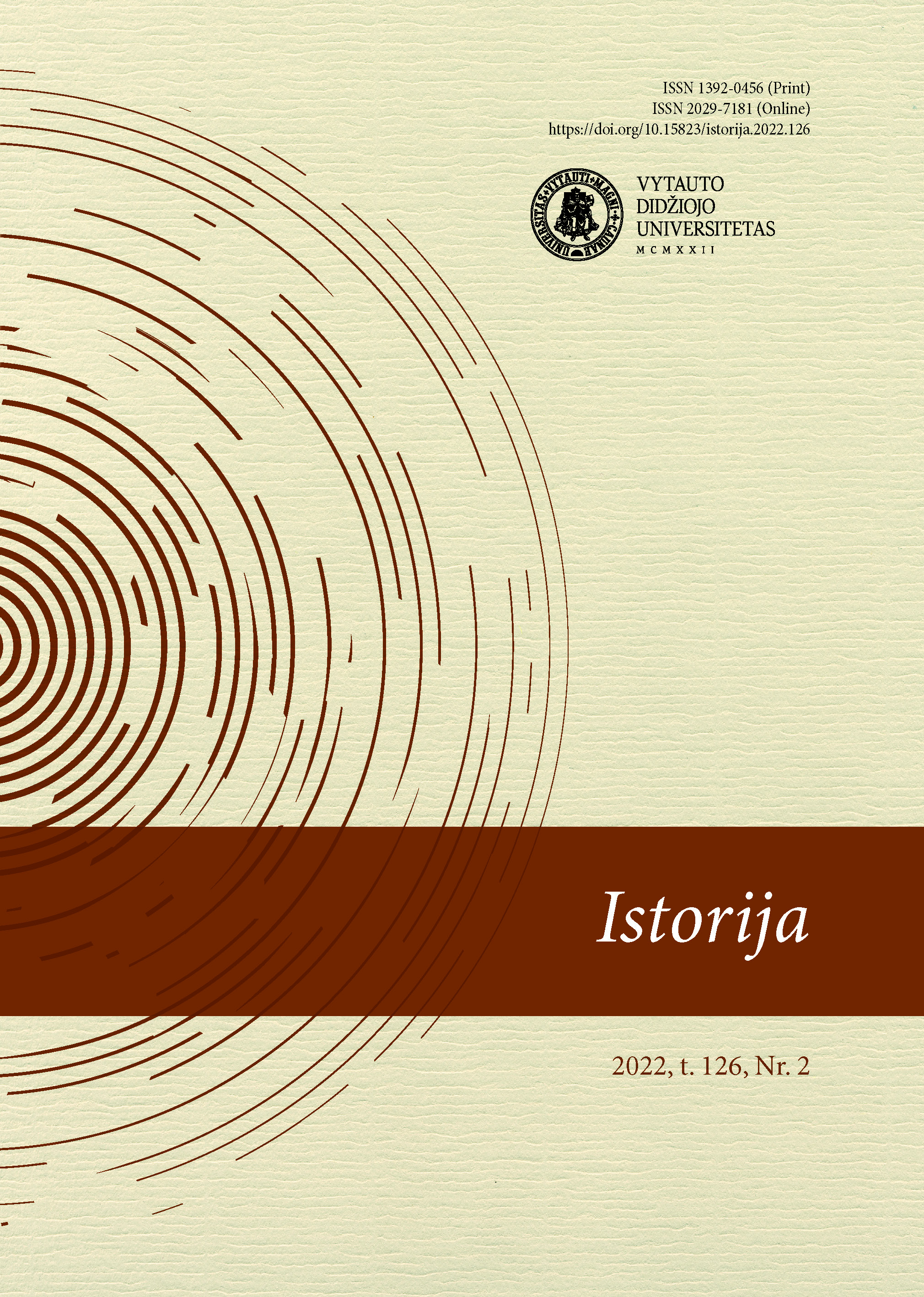Crossing the Baltic Sea in the 9th–12th Centuries. The Narrative of the Icelandic Sagas
DOI:
https://doi.org/10.15823/istorija.2022.126.1Keywords:
Icelandic sagas, Baltic region, Eresund, Vikings, CuroniansAbstract
Abstract. In the Viking Age, the Baltic Sea, which had previously been closed and separated its eastern part from Europe, became a connecting sea. The article draws attention to the narrative tradition of Icelandic sagas, presenting sailing and voyages in the Baltic Sea. In Nordic narrative sources, the focus on the Baltic Sea is seen almost exclusively in the context of the road to the East, and the Baltic Sea itself is perceived as the East Sea – Eystrasalt, Austrmare,
and so on. At this stage of the road to the East, not only the strategic interests of Denmark become apparent, but also the activities of the Vends, Curonians and Estonians located on the south-eastern and eastern shores of the Baltic Sea. The article does not focus on the recording of specific episodes of this activity but on the general tradition of actions of this path and its participants formed by the Nordic narrative.
Downloads
Downloads
Published
How to Cite
Issue
Section
License
Copyright (c) 2022 History

This work is licensed under a Creative Commons Attribution-ShareAlike 4.0 International License.









